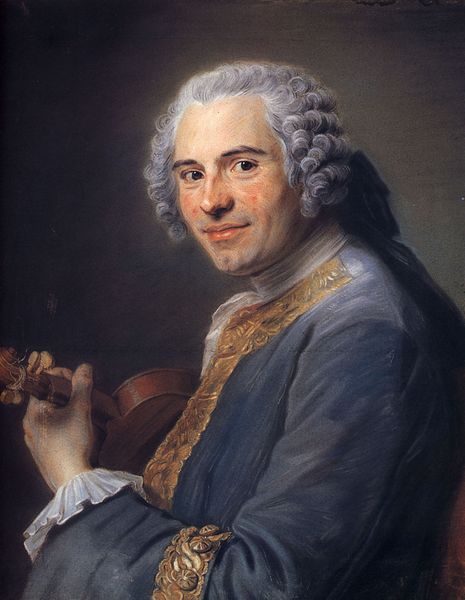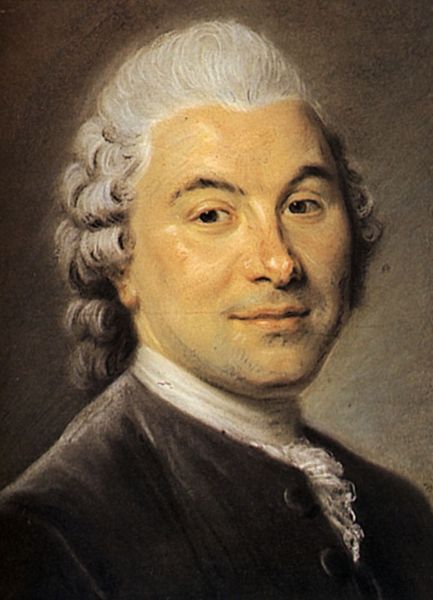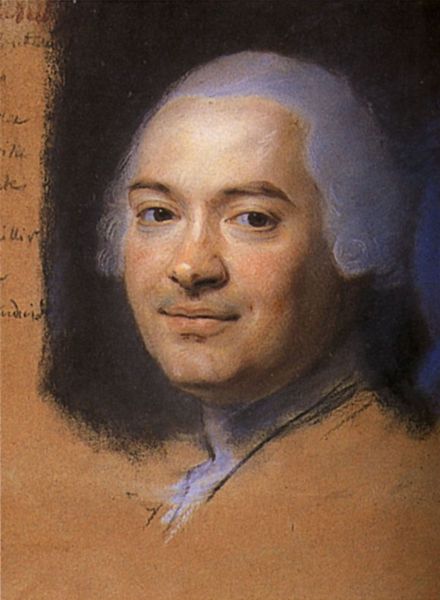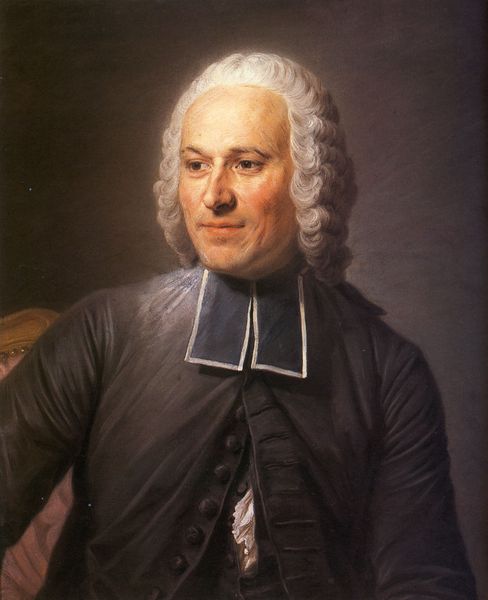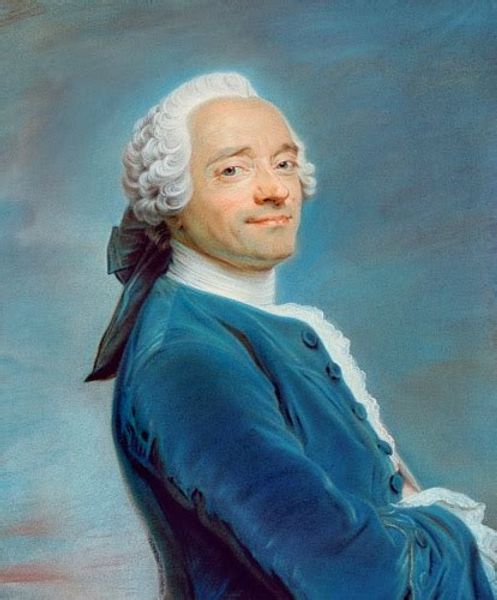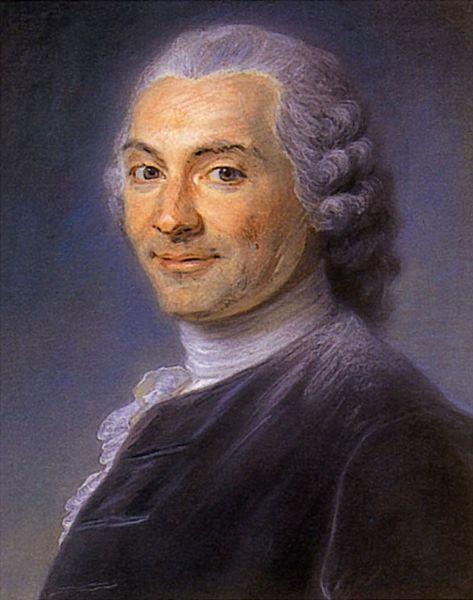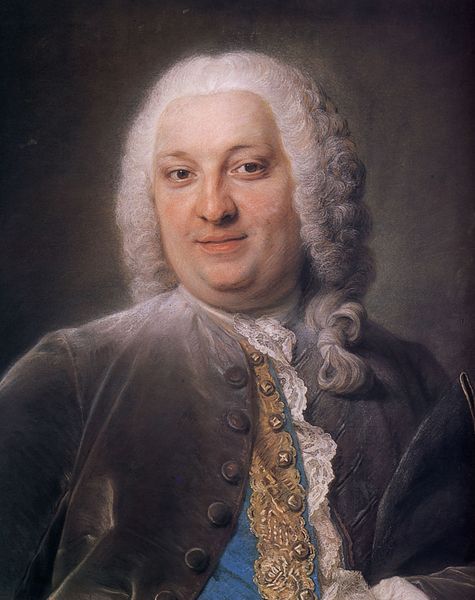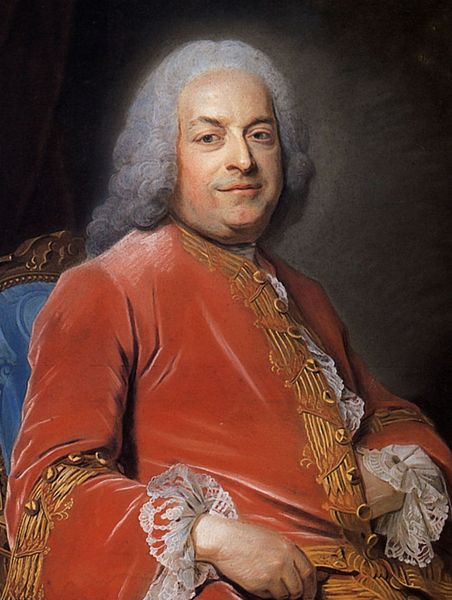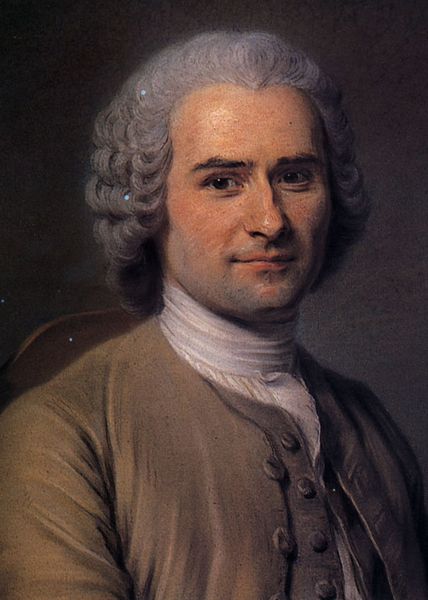
painting, pastel
#
portrait
#
head
#
face
#
portrait image
#
painting
#
male portrait
#
portrait reference
#
male-portraits
#
portrait head and shoulder
#
animal drawing portrait
#
portrait drawing
#
pastel
#
facial portrait
#
academic-art
#
forehead
#
portrait art
#
fine art portrait
#
rococo
#
digital portrait
Copyright: Public domain
Curator: Looking at this striking pastel work, we see Maurice Quentin de La Tour’s “Father Jean Bernard Le Blanc, art critic.” Editor: He appears a man of great intellect. But there is something else, a bit of cunning, perhaps, flickering behind the eyes. A fascinating first impression. Curator: La Tour, active in the vibrant art world of 18th-century France, was renowned for his portraits. They weren't simply likenesses. They offer insights into the sitter's social standing. More than that, they highlight their psychological attributes, if we think of his connection to figures like Voltaire. What makes La Tour so incredibly interesting is how he portrayed key intellectuals during a politically volatile period. How do we navigate the portraiture of elite intellectuals who both reinforced and, in many ways, critiqued the Ancien Régime? Editor: And Father Le Blanc himself, an art critic! He wielded considerable influence in shaping artistic tastes of his time. He’s placed perfectly in an interesting discourse with gender and power dynamics. His gaze holds authority. Curator: I see your point. This isn’t merely about capturing a face; it reflects the power structures inherent in the art world and, more broadly, in 18th-century French society. As you stated, who decides and controls artistic taste, particularly when aligned with social standing and the construction of power? Who does this critic influence, and to what ends? It makes me question who the portraits exclude. What is missing here and what kind of world is this man invested in creating or sustaining? Editor: Precisely! By focusing on these individuals, La Tour's work tacitly reinforces the status of these elites, though perhaps subtly acknowledging tensions. Art served a specific social and political function, constructing, reinforcing and solidifying existing norms in institutions. Curator: So it seems both La Tour and Le Blanc, each in their respective roles, navigated a complex world where art and criticism intersected with class, politics, and influence. The portrait is, ultimately, a marker of this intersection. It seems more compelling than initially apprehended, wouldn’t you say? Editor: Absolutely, delving into such works reminds us that art is not created in a vacuum; rather, in a landscape, constantly shaping and being shaped by the cultural, political, and historical moments of time.
Comments
No comments
Be the first to comment and join the conversation on the ultimate creative platform.

